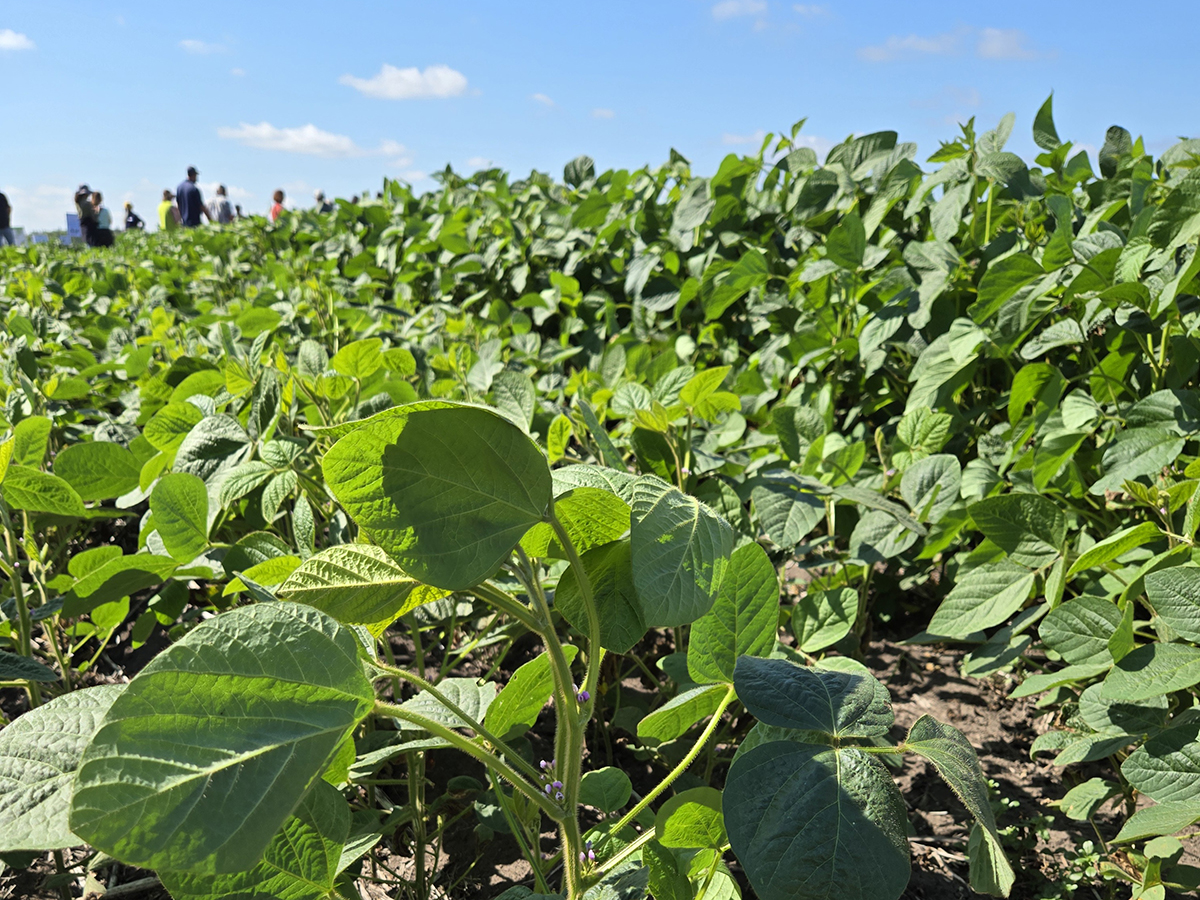Rural marijuana grow operations have been in the news in recent months but there is no cause for alarm, say police.
“It’s not an epidemic. There’s not a flood of them,” said RCMP spokesperson Brian Jones.
A Mayfair, Sask., man is on trial for allegedly running a $120,000 pot enterprise out of an abandoned school. Mark Evanishen is charged with possession, production and trafficking of a controlled substance.
He claims the 117 plants scattered throughout the building in various stages of production were for his personal use, not the assets of a for-profit enterprise.
Read Also

Spider mites big soybean problem this season
Spider mite issues have been geographically limited but significant where they occur, said John Gavloski, an entomologist with Manitoba Agriculture.
Evanishen’s trial stems from a 2005 police raid, a year in which police took down two significantly larger rural grow operations in the province.
On Aug. 13, 2005, the RCMP seized more than 3,900 marijuana plants on a farm eight kilometres southeast of Whitewood, Sask., an operation worth an estimated $3.9 million.
A little more than one week later, police seized 7,500 plants worth an estimated $7.5 million on a farm located on the Pasqua First Nation, 20 km west of Fort Qu’Appelle, Sask.
But Jones said the arrests made in conjunction with those raids are not indicative of a growing crime ring or a thriving new diversification strategy for rural Saskatchewan.
He said there will always be a few grow-operations uncovered every year. They have been cropping up across the prairie region for some time and will likely continue.
“Where we do tend to find them is in isolated areas where people would not expect to find criminal activity,” said Jones.
“That’s why they set up there, is that they feel they’re safe from prying eyes and they’re safe from the scrutiny of the police.”
Cheap property, abandoned buildings and access to power are the enticing factors for pot croppers.
According to the Criminal Intelligence Service Canada’s 2005 annual report, the Canadian marijuana market is predominantly supplied by domestically grown product.
“It is unclear precisely the quantity of marijuana grown in Canada but law enforcement is continually dismantling grow operations of all sizes in every region of Canada,” stated the report.
When grow-operations got started in the mid-1990s, most of the operations were concentrated in British Columbia but gradually spread east through the prairie provinces to Ontario, Quebec and Atlantic Canada.
The report said the Hells Angels and a number of Vietnamese crime groups are the predominant players in the Canadian grow operation industry, but Jones said there have been no links to organized crime in the Saskatchewan busts.
A common thread is that the RCMP have benefited from tips provided by suspicious rural residents. People tend to take notice when something is a little out of the ordinary in their communities.
Jones said it is not being nosy or rude to report behaviour or actions that are out of the norm. That’s how these criminals get caught.
“If something is unusual we would hope that they would give us a call.”















